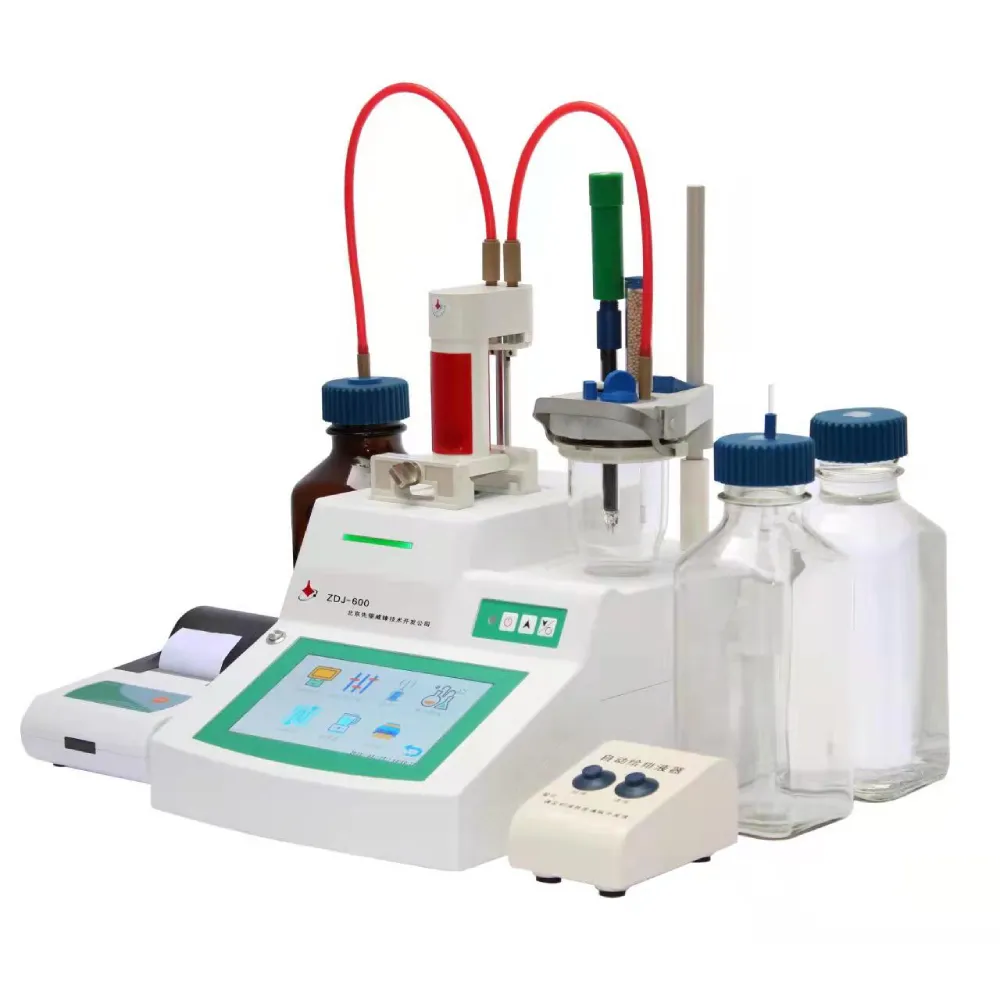 English
English



-
 Afrikaans
Afrikaans -
 Albanian
Albanian -
 Amharic
Amharic -
 Arabic
Arabic -
 Armenian
Armenian -
 Azerbaijani
Azerbaijani -
 Basque
Basque -
 Belarusian
Belarusian -
 Bengali
Bengali -
 Bosnian
Bosnian -
 Bulgarian
Bulgarian -
 Catalan
Catalan -
 Cebuano
Cebuano -
 China
China -
 China (Taiwan)
China (Taiwan) -
 Corsican
Corsican -
 Croatian
Croatian -
 Czech
Czech -
 Danish
Danish -
 Dutch
Dutch -
 English
English -
 Esperanto
Esperanto -
 Estonian
Estonian -
 Finnish
Finnish -
 French
French -
 Frisian
Frisian -
 Galician
Galician -
 Georgian
Georgian -
 German
German -
 Greek
Greek -
 Gujarati
Gujarati -
 Haitian Creole
Haitian Creole -
 hausa
hausa -
 hawaiian
hawaiian -
 Hebrew
Hebrew -
 Hindi
Hindi -
 Miao
Miao -
 Hungarian
Hungarian -
 Icelandic
Icelandic -
 igbo
igbo -
 Indonesian
Indonesian -
 irish
irish -
 Italian
Italian -
 Japanese
Japanese -
 Javanese
Javanese -
 Kannada
Kannada -
 kazakh
kazakh -
 Khmer
Khmer -
 Rwandese
Rwandese -
 Korean
Korean -
 Kurdish
Kurdish -
 Kyrgyz
Kyrgyz -
 Lao
Lao -
 Latin
Latin -
 Latvian
Latvian -
 Lithuanian
Lithuanian -
 Luxembourgish
Luxembourgish -
 Macedonian
Macedonian -
 Malgashi
Malgashi -
 Malay
Malay -
 Malayalam
Malayalam -
 Maltese
Maltese -
 Maori
Maori -
 Marathi
Marathi -
 Mongolian
Mongolian -
 Myanmar
Myanmar -
 Nepali
Nepali -
 Norwegian
Norwegian -
 Norwegian
Norwegian -
 Occitan
Occitan -
 Pashto
Pashto -
 Persian
Persian -
 Polish
Polish -
 Portuguese
Portuguese -
 Punjabi
Punjabi -
 Romanian
Romanian -
 Russian
Russian -
 Samoan
Samoan -
 Scottish Gaelic
Scottish Gaelic -
 Serbian
Serbian -
 Sesotho
Sesotho -
 Shona
Shona -
 Sindhi
Sindhi -
 Sinhala
Sinhala -
 Slovak
Slovak -
 Slovenian
Slovenian -
 Somali
Somali -
 Spanish
Spanish -
 Sundanese
Sundanese -
 Swahili
Swahili -
 Swedish
Swedish -
 Tagalog
Tagalog -
 Tajik
Tajik -
 Tamil
Tamil -
 Tatar
Tatar -
 Telugu
Telugu -
 Thai
Thai -
 Turkish
Turkish -
 Turkmen
Turkmen -
 Ukrainian
Ukrainian -
 Urdu
Urdu -
 Uighur
Uighur -
 Uzbek
Uzbek -
 Vietnamese
Vietnamese -
 Welsh
Welsh -
 Bantu
Bantu -
 Yiddish
Yiddish -
 Yoruba
Yoruba -
 Zulu
Zulu
electrical transformer testing and maintenance pdf
Electrical Transformer Testing and Maintenance
Electrical transformers play a crucial role in power distribution systems, ensuring that electrical energy is efficiently transferred from one circuit to another while maintaining voltage levels desirable for various applications. To ensure the reliability and longevity of transformers, regular testing and maintenance are essential. This article highlights the key aspects of transformer testing and maintenance, including the purpose, methods, and best practices.
Importance of Transformer Testing
Testing transformers is vital for the following reasons
1. Preventive Maintenance Regular testing identifies potential issues before they lead to catastrophic failures. Early detection of insulation deterioration, overheating, and abnormal noises can significantly reduce maintenance costs and downtime.
2. Safety Transformers operate under high voltage and current. Faulty transformers can pose serious safety hazards to personnel and equipment. Testing ensures that operational parameters are within safe limits.
3. Performance Optimization Testing helps in assessing the efficiency of a transformer, ensuring that it operates within specified parameters for optimal performance.
Common Testing Methods
Several standardized tests are conducted on transformers to ensure their operational integrity
1. Insulation Resistance Testing This test evaluates the effectiveness of insulation within the transformer. A high insulation resistance value indicates that the insulation material can effectively prevent current leakage.
2. Power Factor Testing By measuring the power factor, technicians can assess the condition of insulation materials. A decreasing power factor may indicate the presence of moisture or contamination.
3. Transformer Turns Ratio Test This test checks the turns ratio of the transformer’s windings, ensuring that the voltage transformation is within acceptable limits.
electrical transformer testing and maintenance pdf

4. Winding Resistance Testing This measures the resistance of transformer windings. Variations from expected values can indicate issues such as loose connections or corrosion.
5. Partial Discharge Testing Partial discharges within the transformer can lead to insulation failure. This test detects and quantifies any partial discharge activity.
Best Maintenance Practices
To extend the lifespan of transformers and maintain their reliability, several maintenance practices should be implemented
1. Regular Inspections Visual inspections of the transformer and its surroundings should be performed to check for leaks, corrosion, or physical damage.
2. Thermal Imaging Using thermal imaging technology can help identify hot spots that indicate overheating, allowing for timely interventions.
3. Fluid Analysis Regular analysis of the insulating oil can detect contaminants and assess the health of the insulation system.
4. Routine Testing Schedule regular testing as per industry standards to verify that all protective devices are functioning correctly.
5. Documentation Keeping accurate records of testing and maintenance activities helps in tracking the transformer’s health over time and assists in predictive maintenance strategies.
Conclusion
Effective testing and maintenance of electrical transformers are fundamental to ensuring their safe and efficient operation. By implementing rigorous testing protocols and adhering to best maintenance practices, utility providers and industries can protect their investments, ensure safety, and optimize performance. Regular attention to these aspects ultimately contributes to the reliability of the entire power distribution system.
-
Testing Equipment Industry Sees Major Advancements in 2025: Smart & Precision Technologies Lead the WayNewsJun.06,2025
-
Applications of Direct Current Generators in Renewable Energy SystemsNewsJun.05,2025
-
Hipot Tester Calibration and Accuracy GuidelinesNewsJun.05,2025
-
Digital Circuit Breaker Analyzer Features and BenefitsNewsJun.05,2025
-
Benefits of Real-Time Power Quality Monitoring Devices for Industrial EfficiencyNewsJun.05,2025
-
Earth Fault Loop Testing in High-Rise Building Electrical SystemsNewsJun.05,2025



